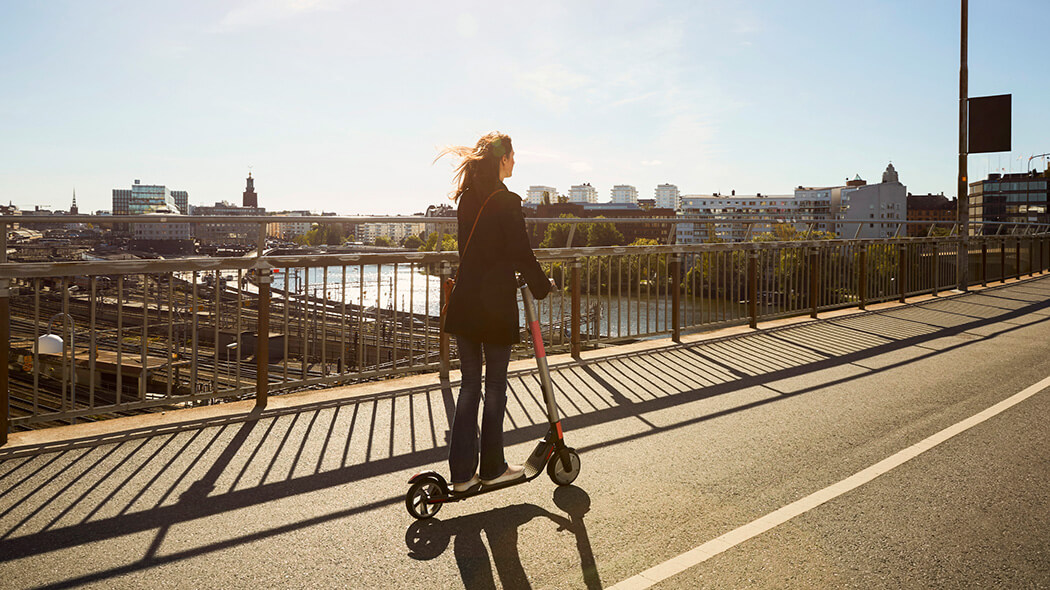Green Mobility: Precise Positioning Optimizes E-Scooters
07.07.2022 by Ümit Günes

The combustion engine will soon be history as the future of mobility becomes more electrical and greener. In this context e-scooters have much potential that precise positioning can further enhance.
Hop into the car and drive to the fitness studio, the movies or to friends? If it isn’t an EV, your car’s CO2 emissions – even for what seems a short distance – are not just bad news for the environment. Downtown or at peak periods traffic congestion can quickly make the journey feel like a never-ending story, especially if you factor in the search for somewhere to park.
These are urban mobility situations in which electric scooters come into their own and can improve sustainability. Their electric motors enable users to reach their destination in a more eco-friendly way and can simply cruise past stationary traffic. Scooters are a feature of so-called micromobility (see box) that above all makes it possible to get around more sustainably in urban areas.




